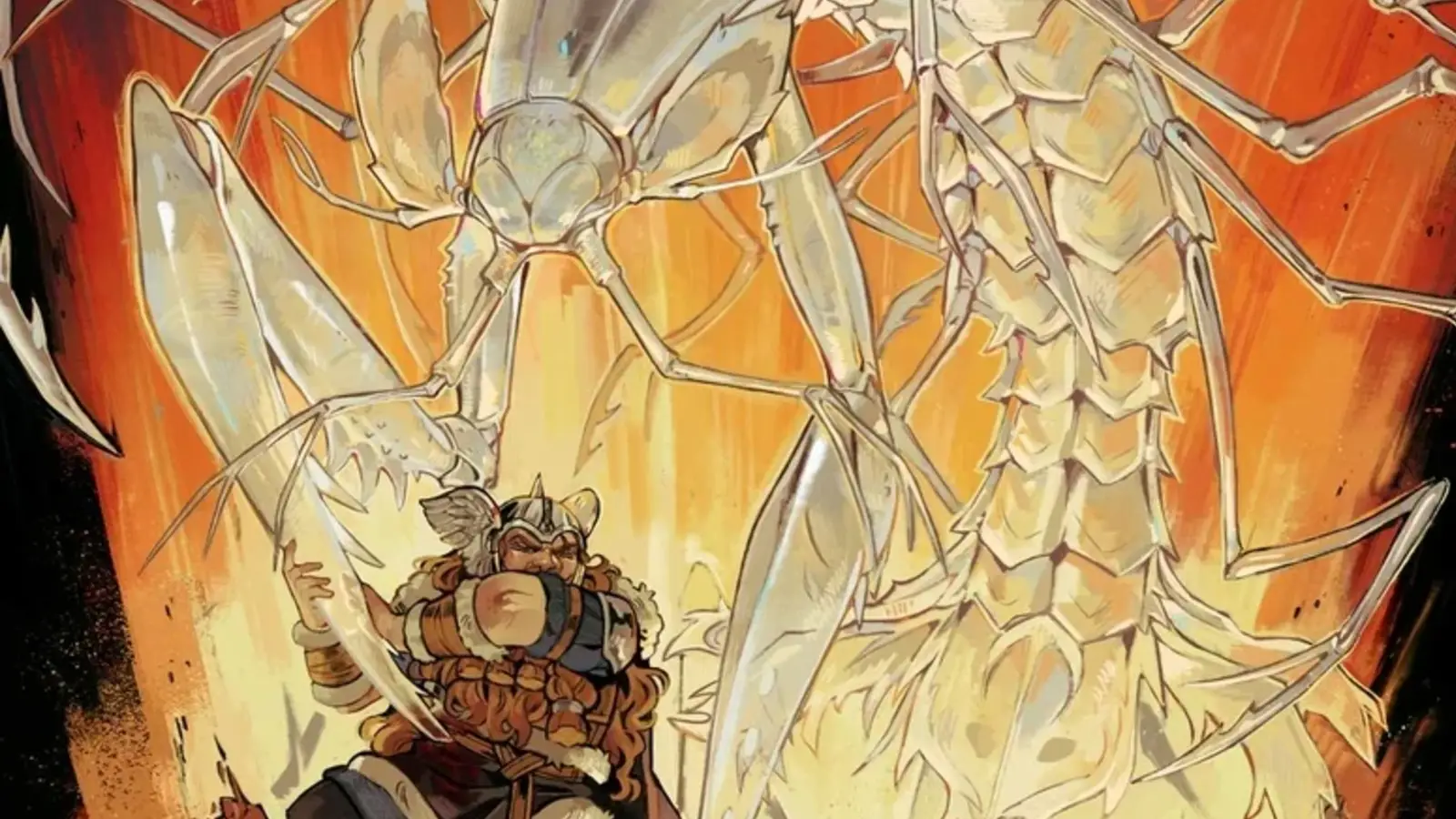
In the foreword to 2015’s Curse of Strahd (in my opinion, the best D&D sourcebook produced for 5th edition), Ravenloft co-creator Tracy Hickman explains the origins of the iconic vampire Strahd Von Zarovich. During a game of D&D in 1978, Hickman’s character entered the next room in the dungeon he was exploring, and found a bloodsucker waiting. “I groaned and rolled my eyes,” Hickman wrote, as such a mythical creature was “just another monster in the dungeon,” feeling completely out of place among the kobolds and orcs that infested the other rooms, and apparently having nothing better to do in its immortal existence than hang around in a damp room waiting for some adventures to come by.
“I remember thinking at the time,” Hickman wrote, “What are you doing here?” which prompted him to create Strahd. That’s also the question that Keith Ammann tries to answer, along with many others, in his new book, Making Enemies.
Ammann is one of the brightest minds in the world of tabletop role-playing games. As weird as it may sound, he built his reputation on monsters. In 2016, he started a blog called The Monsters Know What They Are Doing, with the purpose of helping Dungeon Masters (and game masters in general) better understand how to use monsters in combat and outside of it. Ammann believed DMs could better challenge their players and also make games feel more coherent and immersive. It was a resounding success, which led to the publication in 2019 of The Monsters Know What They’re Doing: Combat Tactics for Dungeon Masters, followed by other excellent resources such as How to Defend Your Lair in 2022.
Now, after nine years spent reverse-engineering D&D monsters, Ammann is back with a book that explains how to design them from scratch. Making Enemies is a powerful resource that will kickstart the imagination of any game master. Even if you’re not in the business of designing monsters for your game, the insight, knowledge, and examples provided here will help you become a better GM and improve basically any campaign.
You shouldn’t skip on the introduction, either, because that’s where Ammann tackles some interesting game-design-philosophy questions, such as “What is a monster?”, which is far from obvious. In chapter 1, “Monster Parameters”, Ammann touches back on the topic, and he does so by tackling a delicate question in today’s tabletop gaming world: humanoid monsters and their connection with biological existentialism and the “monstrous species” concept.
“The difficulty is, in fantasy or science fiction settings containing sapient nonhuman peoples, some bioessentialism is unavoidable if you want those peoples to be anything other than unusual-looking humans,” Amman writes. “Rather than tie yourself in knots trying to get rid of it altogether, it’s more productive to mitigate the bioessentialism in your setting by taking care to include a wide range of differences among individuals and groups within those peoples, even as you also differentiate each people as a whole from humans as a whole, and from one another.”
This isn’t to say that Making Enemies is a philosophical treaty; you’ll find plenty of concrete guidance and tips on how to design interesting and challenging monstrous antagonists. Chapter 2, “Weird Nature,” helps you draw from real nature to design your monsters. Chapter 4, “Monster Stunts,” has suggestions on how to give your monsters combo attacks (need I say more?). Chapter 5, “Phased Monsters,” nods to modern design concepts and the influence that video games have on TTRPGs nowadays.
My favorite section of the book, however, comes in chapter 9, “Customizing For Your Campaign,” which contains a series of charts detailing ways to counter character classes from D&D, Pathfinder, Shadowdark, Cypher System, and even Call of Cthulhu (an entry that will crack you up, I promise). Is the Barbarian in your gaming group trouncing every creature you put in their way with ease? Worry not, these are the abilities and characteristics a monster should have to make Konnan the Smasher wet his loincloth.
If that weren’t useful enough, the chapter goes on with another series of charts, this time designed to make specific characters shine. If one of your players is struggling to get their share of the glory and spotlight, this will help you put them at ease by designing an encounter that will make that specific character the hero of the day. There is even an example of a monster designed to counter D&D Wizards (the class, not the corporation) and make Rangers shine, if you can believe that!
Aptly enough, a lot of thought went into the design of the book. Making Enemies is useful, enjoyable, and easy to read. Ammann doesn’t just deliver his monster design teachings, he constantly brings in examples from the main TTRPGs he analyzes (D&D, Pathfinder, Shadowdark, Cypher System, and Call of Cthulhu) and explains how to apply each topic to all these games. Every chapter ends with a “Let’s Make a Monster” section, where the lessons learned in that chapter are applied to step-by-step creature design, using the rules of all the example systems. On top of that, the book includes conversations with other game designers: Mike Mason, James Mendez Hodes, Banana Chan, Chris S. Sims, Willy Abeel, and Kelsey Dionne. It’s a treasure trove of insights that every aspiring game designer or eager game master will appreciate.
The biggest lesson you can learn from Making Enemies is “Make it memorable.” Every monster is a story, Ammann writes. When designing an encounter for your players (regardless of whether you’re creating a new monster or not) think about the function that creature has to play. Is it there to challenge the characters, surprise them, to be a metaphor for their fears, to push the story forward, or just to let them have some good, silly fun?
Overall, Making Enemies is a great companion to The Monsters Know What They’re Doing, and also just a great resource and learning tool for game masters and game designers.
Making Enemies is out now in bookstores.